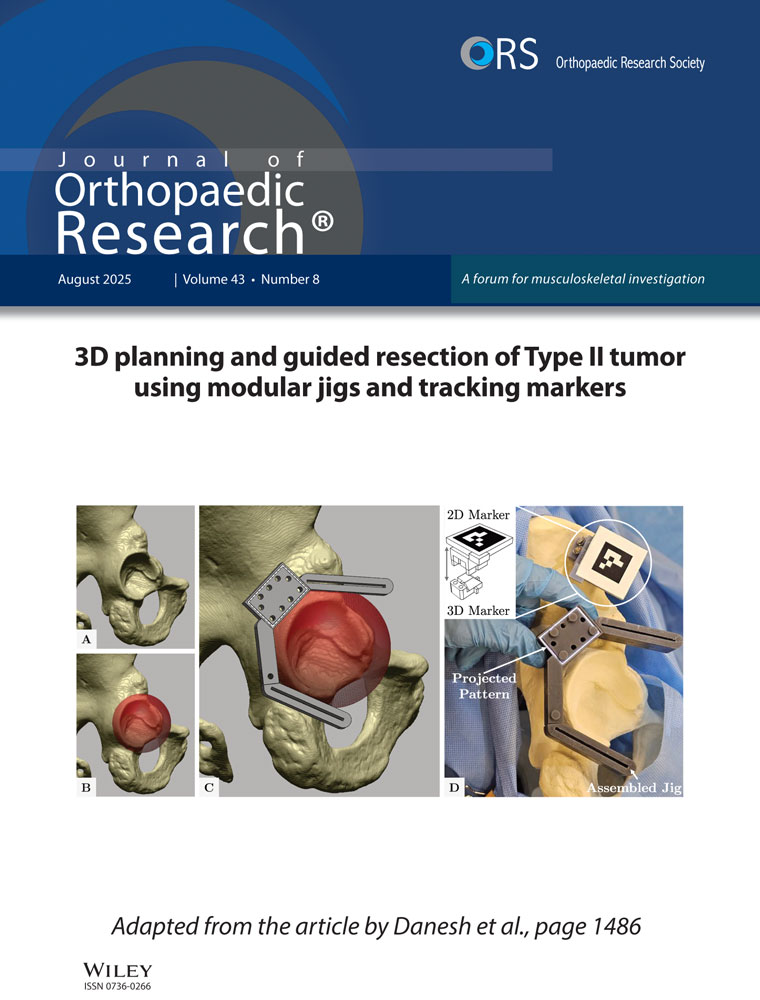The evaluation of a rat model for the analysis of densitometric and biomechanical properties of tumor-induced osteolysis†
Parts of the results of the study have been presented at the annual meeting of the Orthopaedic Research Society in New Orleans, 1998.
Abstract
Pathologic fractures from a reduction in bone mass and strength are a debilitating complication affecting the quality of life of individuals with metastatic lesions. There are a number of existing animal models for studying the effects of bone metastases experimentally, but these models are unsuitable for measuring structural changes in metastatic bone. Our goal was to present an in vivo model for directly investigating the densitometric and structural consequences of tumor-induced osteolysis in long bones. One femur from female Sprague Dawley rats was implanted with Walker Carcinosarcoma 256 malignant breast cancer cells or with a Sham implant. After 28 days, the animals were killed, and both femora of each animal evaluated using histomorphometry, densitometry, and mechanical testing. Compared to Sham-operated controls, we found an 11% decrease in bone mineral content, a 9% decrease in bone mineral density using dual energy X-ray absorptiometry, and a 16% decrease in bone density using peripheral quantitative computed tomography in the group with tumor cell implants. In addition, failure torque was decreased by 35% compared to the contralateral controls and by 41% compared to the Sham-operated controls. Torsional stiffness in the tumor cell-implanted femora was decreased by 35% compared to contralateral controls and by 39% compared to Sham-operated controls. Bone density was only weakly to moderately associated with bone strength in our model. By creating reproducible localized tumor-induced osteolytic lesions in a long bone, this model provides the most direct evaluation of the structural consequences of bone metastases. In the future, this model may provide a method for determining the effects of new therapeutic approaches on the preservation of bone mass and bone strength in the presence of metastatic bone disease. © 2001 Orthopaedic Research Society. Published by Elsevier Science Ltd. All rights reserved.




